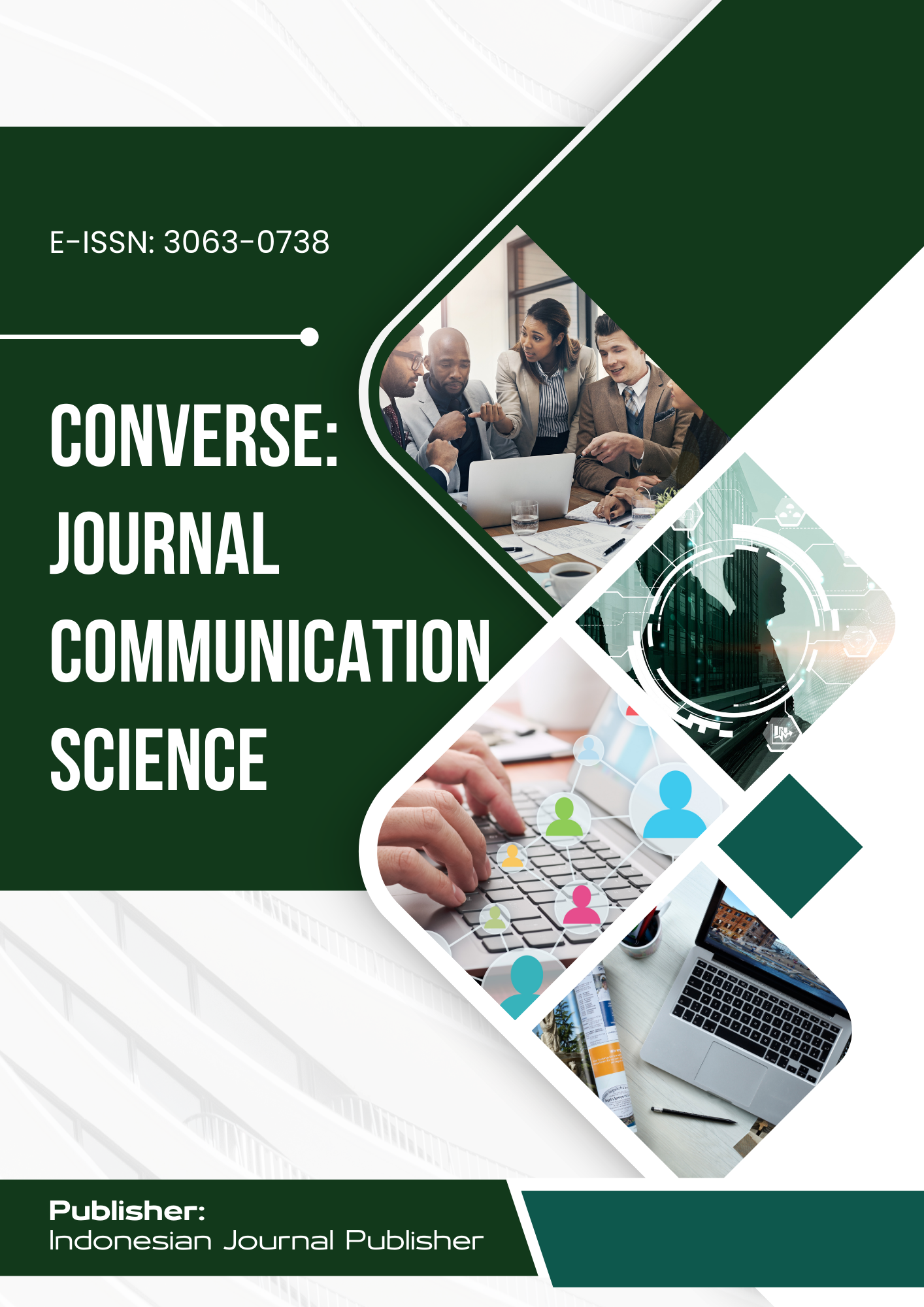The Widespread Use of Slang and Abbreviations Among Youth On Social Media
DOI:
https://doi.org/10.47134/converse.v1i3.3674Keywords:
Slang, Abbreviations, Social Networks, Youth, Communication, Literary LanguageAbstract
This article explores the widespread use of slang and abbreviations among youth in social networks and their impact on language development and communication. While slang and abbreviations serve as tools for quick interaction among youth, they can negatively affect literary language and deepen generational linguistic gaps. The study provides solutions and recommendations based on the findings. This study examines the widespread use of slang and abbreviations among youth on social media, analyzing their linguistic, social, and cultural impacts. A mixed-methods approach was employed, including surveys (150 participants aged 18–25), interviews, qualitative and quantitative analysis, and document review. Results indicate that while slang enhances communication efficiency and social bonding, excessive usage degrades literary language standards and intergenerational communication. Although 62% of participants use slang in formal settings, 68% believe it contributes to language deterioration. The study concludes that balancing slang use with literary language preservation is crucial for maintaining linguistic and cultural integrity.
References
Aliyeva, M. (2023). Zamonaviy tilda sleng va uning ahamiyati. Tilshunoslik jurnali.
Amaro, R. (2023). Abbreviations in social media communication: Accounting for neology and lexicographic treatment. Lexicography, 10(2), 173–193. https://doi.org/10.1558/lexi.26351
Androutsopoulos, J. (2011). Language Change and Digital Media. Sociolinguistics and the Sociology of Language. De Gruyter.
Baron, N. S. (2008). Always On: Language in an Online and Mobile World. Oxford University Press.
Coupland, N. (2007). Style: Language Variation and Identity. Cambridge University Press.
Crystal, D. (2001). Language and the Internet. Cambridge University Press.
Danet, B. (2001). Cyberpl@y: Communicating Online. Berg Publishers.
Davis, B. (2010). The Influence of Youth Language on Online Communication. Linguistic Inquiry Journal.
Fairclough, N. (1995). Critical Discourse Analysis: The Critical Study of Language. Longman.
Eckert, P. (2000). Linguistic Variation as Social Practice: The Linguistic Construction of Identity in Belten High. Blackwell Publishing.
Gunawan, D. (2019). Normalization of abbreviation and acronym on microtext in Bahasa Indonesia by using dictionary-based and longest
common subsequence (LCS). Procedia Computer Science, 161, 553–559. https://doi.org/10.1016/j.procs.2019.11.155Herring, S. C. (2004). Computer-Mediated Discourse Analysis: An Approach to Researching Online Behavior. Designing for Virtual Communities in the Service of Learning.
Hasjim, M. (2020). Principles behind semantic relation between common abbreviations and their expansions on instagram. International Journal of Criminology and Sociology, 9, 2270–2276. https://doi.org/10.6000/1929-4409.2020.09.270
Jones, R. H., & Hafner, C. A. (2012). Understanding Digital Literacies: A Practical Introduction. Routledge.
Kadirov, R. (2022). Ijtimoiy tarmoqlarning tilga ta’siri: o‘zbekcha misollar. O‘zbekiston Milliy Ensiklopediyasi.
Muysoms, F. (2023). Are abbreviations and acronyms to describe hernia repair techniques overused and helpful? A proposal for rationalisation. Cirugia Espanola, 101. https://doi.org/10.1016/j.ciresp.2023.01.009
Pradhan, R. (2021). Rule based Approach to convert abbreviation into Phrases. 2021 5th International Conference on Information Systems and Computer Networks, ISCON 2021. https://doi.org/10.1109/ISCON52037.2021.9702404
Thurlow, C. (2006). From Statistical Panic to Moral Panic: The Metadiscursive Construction and Popular Exaggeration of New Media Language in the Print Media. Journal of Computer-Mediated Communication.
Umurzakova Kommuna Xursanovna. (2024). O‘Zbekiston Ijtimoiy Tarmoqlarida Yoshlar Nutqi. University Research Base, 515–518. Retrieved from https://scholar.kokanduni.uz/index.php/rb/article/view/149
Warschauer, M., & Grimes, D. (2007). Audience, Authorship, and Artifact: The Emergent Semiotics of Web 2.0. Annual Review of Applied Linguistics.
Downloads
Published
How to Cite
Issue
Section
License

This work is licensed under a Creative Commons Attribution-ShareAlike 4.0 International License.












